Celebrate Code Platoon 2022 Supporters Raise $118,000 For Veteran Tech Scholarships
Code Platoon celebrated six years of helping train Veterans, active duty Servicemembers, and military spouses for software engineering careers with our Celebrate Code Platoon 2022 event. The event was held on September 22 at Artifact Events Chicago. Over one hundred alumni and supporters gathered to recognize Code Platoon’s impact on the Veteran community and raise over $118,000 for our military coding bootcamp scholarships and curriculum development.
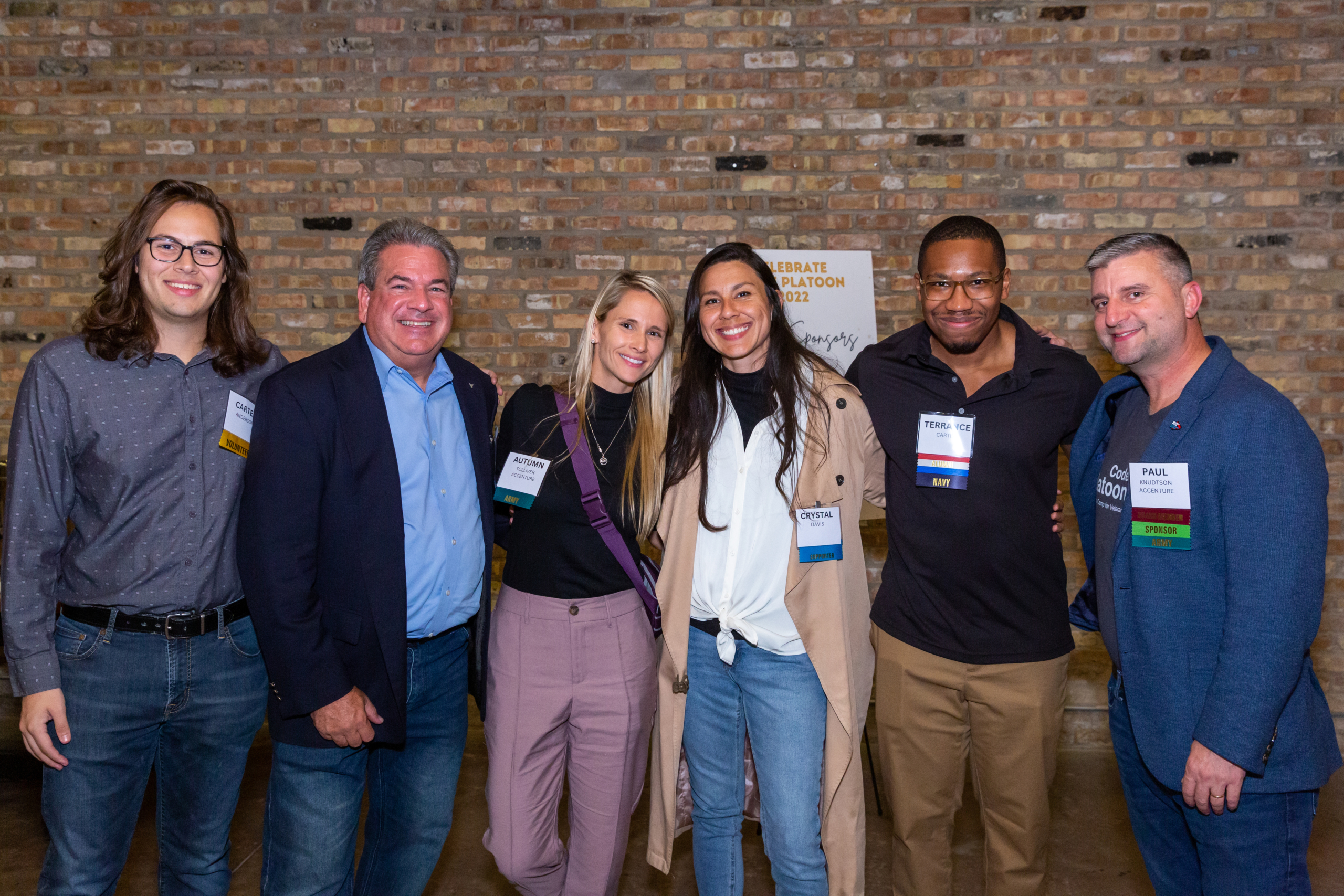 The Program
The Program
Kicking the program off, Iggy Khan, Head of Digital Products at JPMorgan Chase and Treasurer of Code Platoon’s Governing Board, introduced our Full-stack Software Engineering program offerings and shared his experience transitioning to the civilian workforce from the U.S. Navy.
Rodrigo Levy, Code Platoon Founder, and Executive Director, recapped the efforts of the organization over the last six years. The program has over 300 graduates. Eighty percent of graduates found jobs in software engineering within six months of graduation. The median starting salary for those graduates was $80,000 – twice their median salary before starting Code Platoon.
Code Platoon has also given out over $1.2 million in scholarships over the last two years. These scholarships are made possible by our corporate partners, grants, and donors.
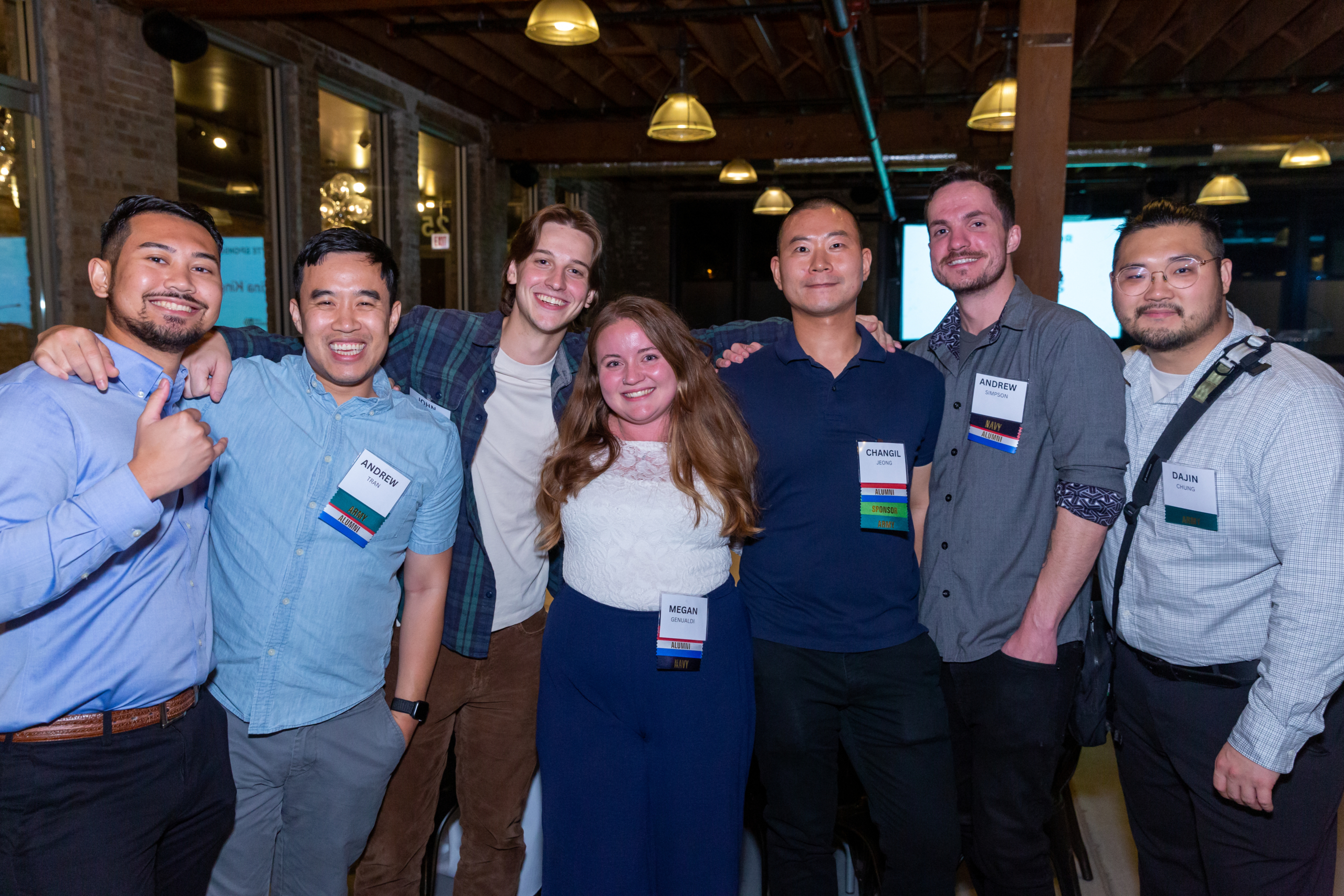 Accenture, Partner of the Year, 2022
Accenture, Partner of the Year, 2022
One highlight of Celebrate Code Platoon 2022 was honoring our 2022 Partner of the Year, Accenture. Paul Knudtson, Major in the Army Reserve and Technology Consulting Manager at Accenture, gave the keynote address. He discussed the opportunities available to Veterans and military spouses in the technology industry.
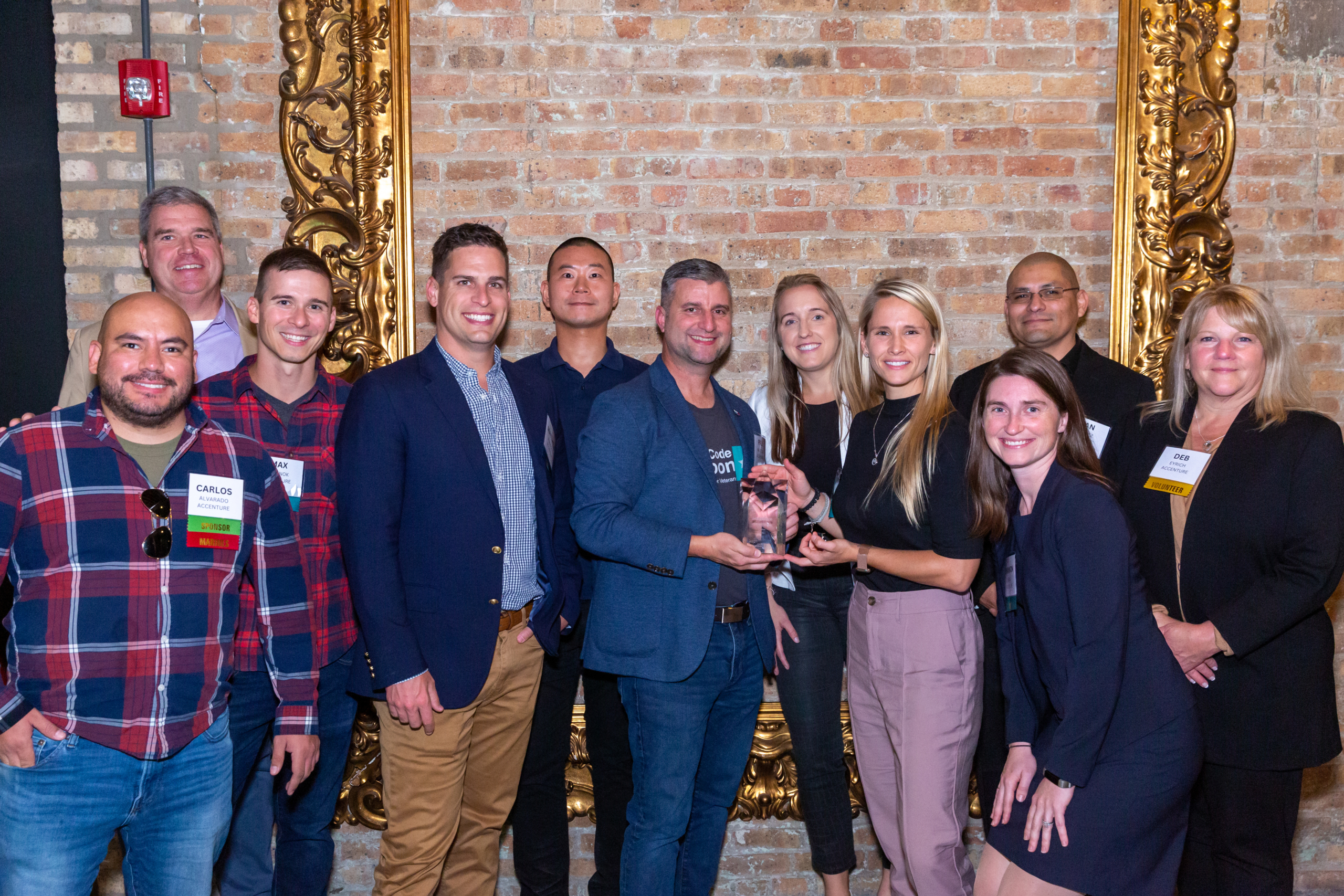 Accenture answers the call to help the military community by providing grants, expert resume coaches, and talent pipelines for Code Platoon graduates.
Accenture answers the call to help the military community by providing grants, expert resume coaches, and talent pipelines for Code Platoon graduates.
Paddle Raise and Alumni Stories
The program ended with our paddle raise, led by Michael Dorsey, Code Platoon’s Alumni Association president and Navy Veteran. The paddle raise featured the stories of Megan Genauldi and Kenneth Malley, recent Code Platoon graduates who launched software engineering careers at DRW and HelloFresh after attending our Full-stack Immersive program.
Guests raised their paddles to contribute donations for Code Platoon scholarships. Code Platoon received over $50,000 in donations during the paddle raise. The total raised from this event was over $118,000.
 For those who couldn’t join us at Celebrate Code Platoon 2022, it’s not too late to show your support by donating to the Celebrate Code Platoon fundraiser. All donations are tax deductible.
For those who couldn’t join us at Celebrate Code Platoon 2022, it’s not too late to show your support by donating to the Celebrate Code Platoon fundraiser. All donations are tax deductible.
We are incredibly grateful for the generosity of our supporters, and we eagerly anticipate next year’s event!
Pat Craven is Code Platoon’s Chief of Staff. He brings with him a family history of military service dating back to the Revolutionary War. Pat has spent the past 30+ years helping children and families as a C-Level executive for national and international nonprofit organizations like the Boy Scouts of America, (ISC)2 Center for Cyber Safety and Education, Big Brothers Big Sisters, and the Vietnam Veterans Memorial Fund in Washington D.C. He enjoys traveling, golfing, discovering new craft beers with friends, and watching documentaries and crime drama shows with his wife.
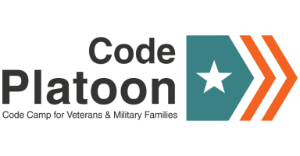
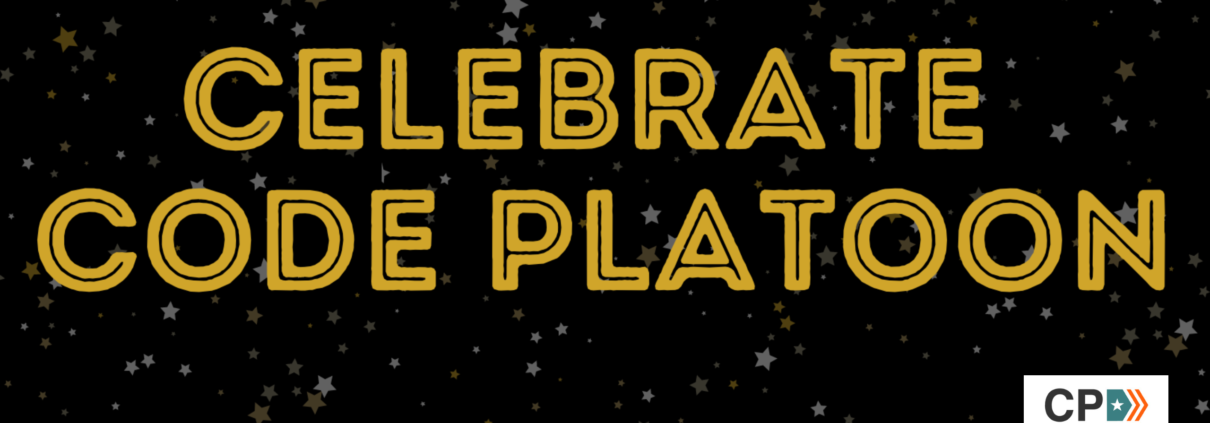
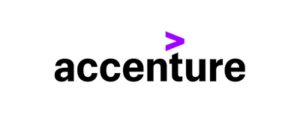

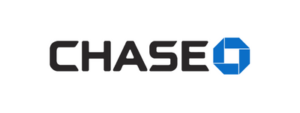




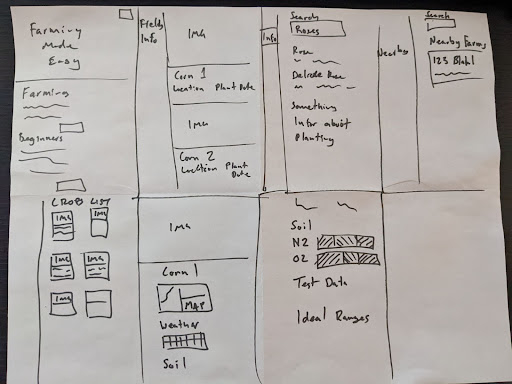
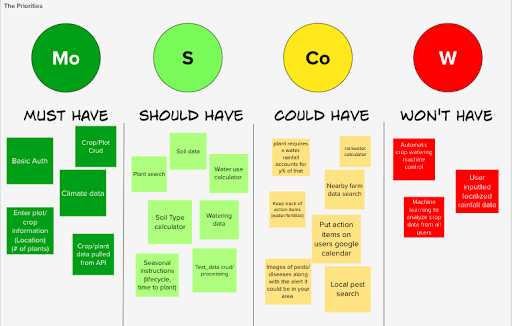
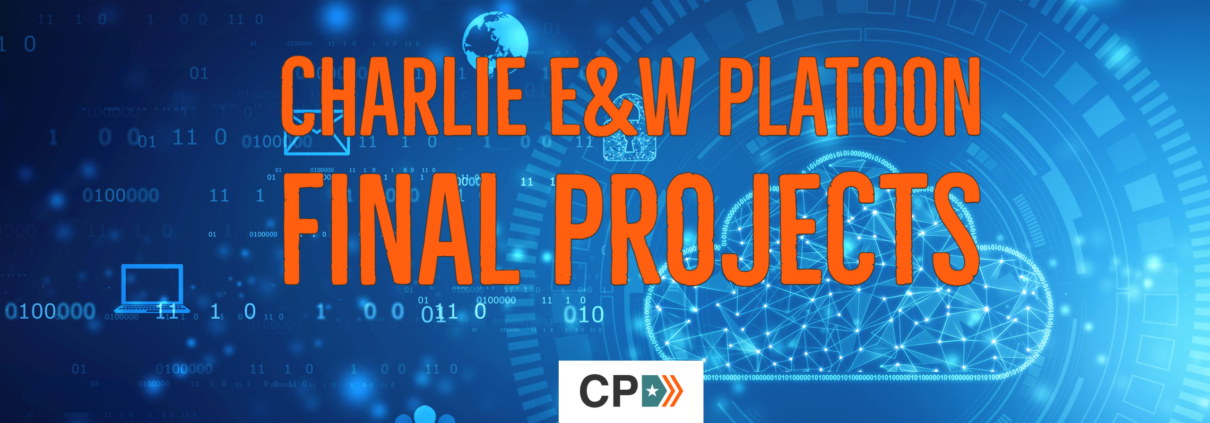

 But if you want this project to be done both well and efficiently, then you need what is called a feedback loop. It will not work to have a project initiator say, “I want this thing to do X” and then have engineers design it perfectly on the first try. You need the initial plan, feedback from engineers to inform that plan, response from the planner, and constant tweaks in that manner that form the cycle of feedback, planning, and implementation.
But if you want this project to be done both well and efficiently, then you need what is called a feedback loop. It will not work to have a project initiator say, “I want this thing to do X” and then have engineers design it perfectly on the first try. You need the initial plan, feedback from engineers to inform that plan, response from the planner, and constant tweaks in that manner that form the cycle of feedback, planning, and implementation. 

